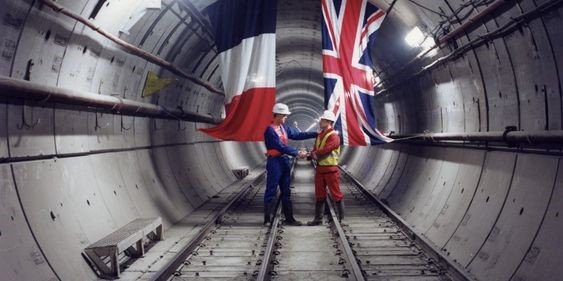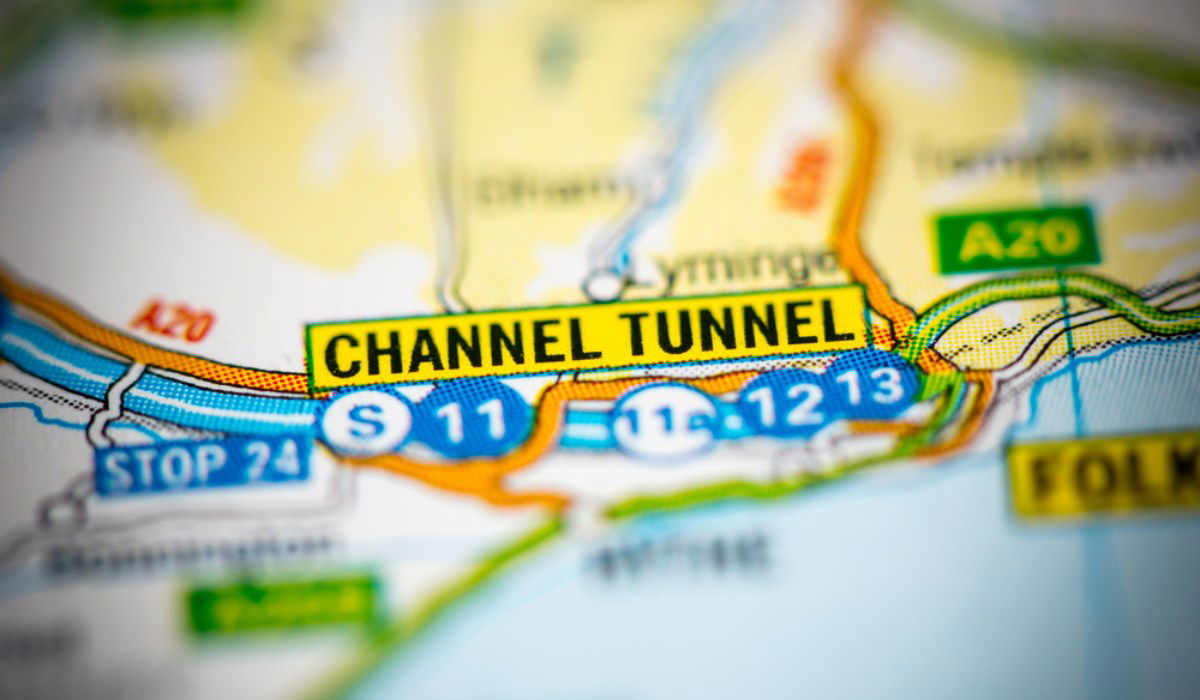The Channel Tunnel is a 50.5-kilometre (31-mile) undersea tunnel that connects Folkestone, Kent, in England, to Coquelles, Pas-de-Calais, in France. It is the longest undersea tunnel in the world and was officially opened on May 6, 1994. The Channel Tunnel has not only made travel between England and France easier, but it has also had a significant impact on the economies of both countries. The tunnel has created new job opportunities and helped to boost trade between the two countries.
One of the most remarkable aspects of the Channel Tunnel is its safety record. Despite being one of the busiest transport links in the world, with thousands of trains and millions of passengers passing through the tunnel every year, there have been no serious accidents or incidents since it opened in 1994. This is a sign of the high standards of engineering and maintenance that are maintained by the Eurotunnel company. The Channel Tunnel is also environmentally friendly, reducing the need for air and sea travel between England and France. This has helped to reduce greenhouse gas emissions and other environmental impacts associated with transportation.
In addition to its economic and environmental benefits, the Channel Tunnel has also helped to bring people closer together. The tunnel has made it easier for families, friends, and business partners to visit each other, strengthening the ties between the two countries. Overall, the Channel Tunnel is an incredible achievement that has had a deep impact on the lives of people in England and France. It is a modern marvel that will continue to inspire and connect people for generations to come.

Source: Pinterest
Channel Tunnel: History
The history of the Channel Tunnel dates back to the early 19th century, when the idea of a tunnel connecting England and France was first proposed. However, it was not until the 1980s that the idea was seriously considered, and construction of the tunnel finally began in 1988.
One of the biggest challenges of the construction project was ensuring the stability of the tunnel and preventing water infiltration. To prevent water from leaking into the tunnel, a waterproof concrete lining was installed along the entire length of the tunnel. Additionally, pumps were installed to remove any water that did manage to leak into the tunnel. Construction of the Channel Tunnel was completed in 1994 and it was officially opened on May 6 of that year. The tunnel was a massive and complex project that required the collaboration of engineers, construction workers, and experts from around the world. Since its opening, the Channel Tunnel has transformed the way people travel between England and France, providing a fast and convenient way to travel between the two countries. The tunnel has also had a significant impact on the economies of both countries, creating new job opportunities and boosting trade.

Source: Pinterest
Channel Tunnel: Engineering
Before the construction of the Channel Tunnel, extensive surveys were conducted over a period of 20 years to assess the feasibility of building a tunnel under the English Channel. The surveys confirmed earlier suspicions that the chalk marl stratum would be ideal for tunnelling, with its properties of impermeability, ease of excavation, and strength. However, on the French side of the tunnel, a 5 km stretch posed more challenging geology. The tunnel consists of three bores: two rail tunnels, 7.6 metres in diameter, separated by 30 metres and extending for 50 km, and a 4.8-meter diameter service tunnel in between. The three bores are connected by cross-passages and relief ducts. The service tunnel was used as a trial tunnel, excavated ahead of the main tunnels to determine the conditions. Access to the English side was established at Shakespeare Cliff, while the French side was accessed via a shaft at Sangatte. The French side utilised five tunnel-boring machines and the English side six. The service tunnel employs the Service Tunnel Transport System and Light Service Tunnel Vehicles to maintain safety. Fire safety was a key design consideration and played a crucial role in the final construction.
The Channel Tunnel stretches 50.5 km between the portals at Beussingue and Castle Hill, with a land-based section of 3.3 km on the French side and 9.3 km on the UK side, and a 37.9 km undersea section. It ranks as the world’s third-longest rail tunnel, behind the Gotthard Base Tunnel in Switzerland and the Seikan Tunnel in Japan, with the longest undersea section of all. The average depth of the tunnel is 45 metres below the seabed. On the UK side, out of the anticipated 5 million cubic metres of spoil, around 1 million cubic metres were used to fill the terminal site while the rest was deposited at Lower Shakespeare Cliff, reclaiming 74 acres of land, which was then transformed into the Samphire Hoe Country Park. Environmental impact assessments indicated no significant risks posed by the project and studies into safety, noise, and air pollution were generally positive.
FAQs
How long is the Channel Tunnel?
The Channel Tunnel is 50.5 km in length.
How deep is the Channel Tunnel?
The average depth of the tunnel is 45 metres below the seabed.
What is the purpose of the Channel Tunnel?
The Channel Tunnel serves as a transportation link between the UK and France for passengers and freight.
How many bores does the Channel Tunnel have?
The Channel Tunnel has three bores: two rail tunnels and one service tunnel.
What are the safety measures in place for the Channel Tunnel?
The tunnel has fire safety measures, including fireproof doors and a fire suppression system.
| Got any questions or point of view on our article? We would love to hear from you.
Write to our Editor-in-Chief Jhumur Ghosh at jhumur.ghosh1@housing.com |
Housing News Desk is the news desk of leading online real estate portal, Housing.com. Housing News Desk focuses on a variety of topics such as real estate laws, taxes, current news, property trends, home loans, rentals, décor, green homes, home improvement, etc. The main objective of the news desk, is to cover the real estate sector from the perspective of providing information that is useful to the end-user.
Facebook: https://www.facebook.com/housing.com/
Twitter: https://twitter.com/Housing
Email: editor@housing.com












